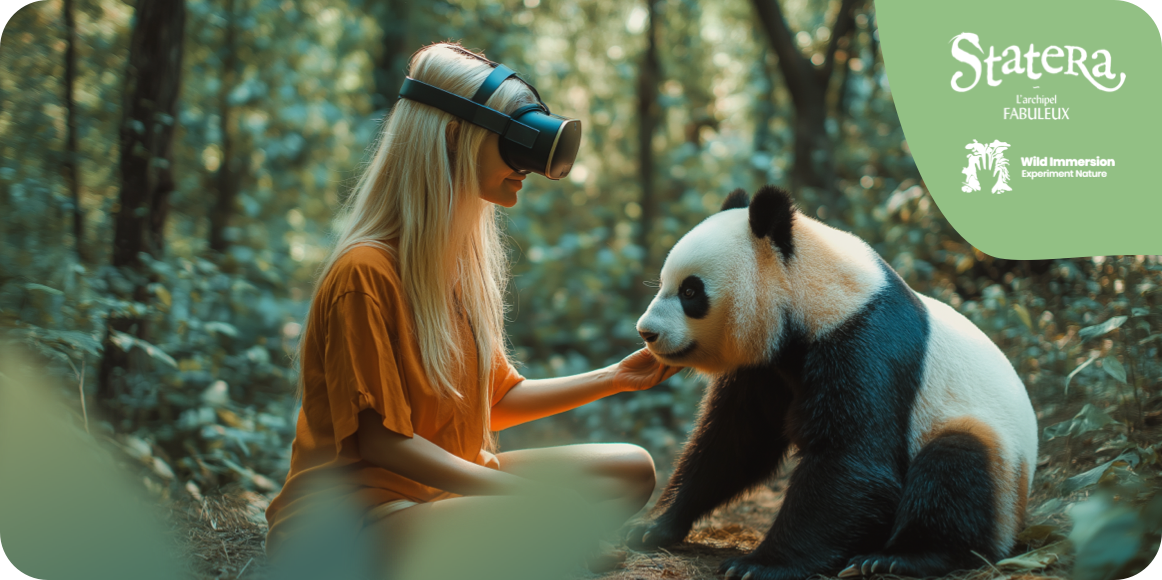STEAM: A New Educational Methodology at the Heart of Museums, Zoos, and Aquariums – Wild Immersion’s Innovative Approach
The STEM Educational Methodology
The way we educate is rapidly evolving, especially in places like museums, zoos, and aquariums, where methodologies like STEM (Science, Technology, Engineering, Mathematics) and its expanded version STEAM, which includes Art, are redefining pedagogical approaches. One organization that aligns perfectly with this trend is Wild Immersion, thanks to its immersive technology and unique approach to raising awareness about biodiversity.
The STEM educational methodology, widely adopted in museums and science centers around the world, aims to make learning about science and technology more accessible, engaging, and fun. These spaces employ an interdisciplinary approach, combining experience and creativity, often enhanced by innovative tools such as virtual reality (VR) and augmented reality (AR). Wild Immersion, through its immersive experiences, fits seamlessly into this modern educational vision, where visitors become active participants in their learning journey.
Wild Immersion: A Response to the STEM Educational Methodology
Science (S):
Wild Immersion raises awareness about biodiversity and conservation through an extensive library of virtual reality films. These immersive educational contents explore ecosystems, animal behavior, and environmental dynamics, making science accessible to everyone.
Technology (T):
The use of virtual and augmented reality allows for total immersion in natural environments, offering a direct sensory learning experience. Interactive applications like Animal Quest enrich this experience by allowing visitors to explore animals via their smartphones.
Engineering (E):
Engineering is reflected in the design and scenography of immersive experiences. Wild Immersion creates multisensory installations that ensure a smooth and engaging experience for visitors.
Arts (A):
The captivating storytelling and visually stunning films from Wild Immersion merge art and science, incorporating music, binaural sound effects, and high-quality visuals for emotional immersion. Artistic activities, like the digitalization of animal drawings, reinforce this creative dimension.
Mathematics (M):
Wild Immersion‘s content includes environmental data and statistics on conservation and endangered species, facilitating the exploration of mathematical concepts related to environmental sciences.





A Growing Educational Methodology
This innovative educational approach is gaining popularity and is a key topic of discussion at educational conferences. It stands out for its effectiveness in raising awareness and developing essential skills such as critical thinking, problem-solving, and collaboration. By offering immersive solutions, Wild Immersion positions itself as a major player in this transformation across museums, zoos, and aquariums.
In conclusion, the experiences offered by Wild Immersion bring a new dimension to environmental and scientific education. Through the integration of virtual reality and an interdisciplinary pedagogical approach, Wild Immersion is fully aligned with this new way of educating and meets the needs of museums and aquariums around the world.



